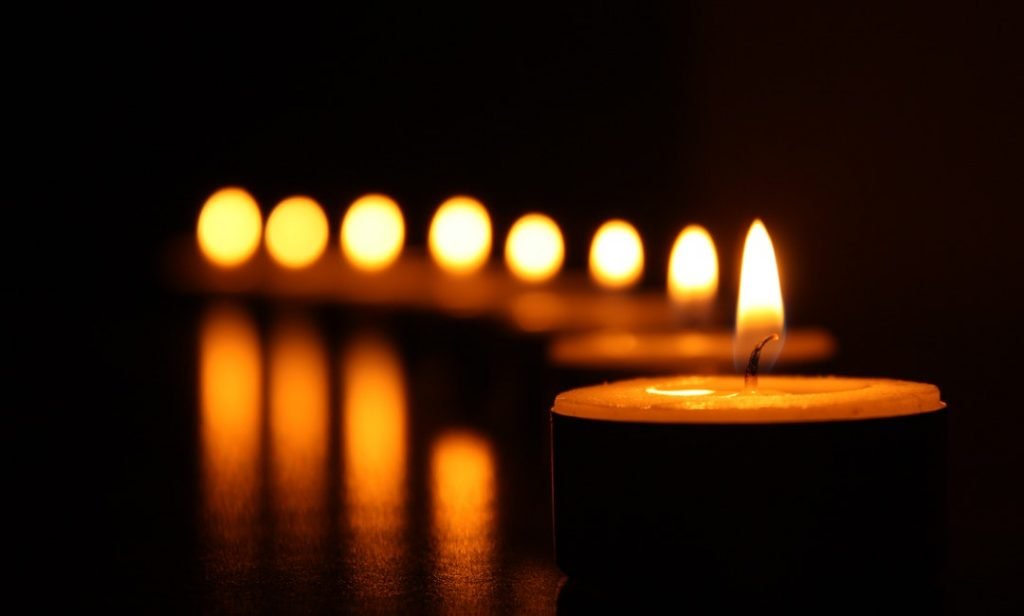The Republic of Poland is one of the countries in Central Europe. The country has a very developed market. Despite its small size and population, Poland has one of the highest Gross Domestic Product (GDP, both by nominal and PPP) in the European Union. Poland’s economy is also one of the fastest-growing in the union.
The reason for her strong and fast-growing economy is due to the fact that Poland has a heavily diversified economy. The country doesn’t depend on just a single export sector.

Production of Candles in Poland
One of the major producers of candles in the European Union is Poland. Out of the 1.6 billion Euros worth of candles produced in the European Union in 2018, a bulk of 619 million Euros amounting to 38% was produced in Poland. This makes them the largest producers of candles in the European Union. Following Poland directly is, Germany and Italy. These nations produce 10% and 9% respectively of the total amount of candles produced in the region. The general production of candles in the European Union steadily increases over time. Between 2013 and 2018, there was an 11% increase in European Union’s candle production.
Asides from being one of the main producers of candles in the region, Poland is also the main exporter of candles in the region. They are followed by Germany and France.
Poland is the largest producer of candles in the European Union. There are hundreds of companies in the country producing candles. These companies diversify, in that they make a wide range of candle products such as scented candles, pillar candles, votives, carved candles, tealights, taper candles, advent candles, floating candles, rustic candles, container candles, stearin candles, and many more candle types. Most of the candle manufacturing companies in Poland have a very high export product index. For instance, large candle manufacturing companies like KBC Interlight in Poland which produces hundreds of tonnes of candles have an export product index that has never gone below 90%.
While Poland produces candles in massive quantities, they almost never import candles from other nations. Meanwhile, some other nations in the European Union e.g the UK, import in large quantities.

BRIEF HISTORY OF THE CANDLE-MAKING INDUSTRY IN POLAND
The industrial production of candles in Poland dates back to the late 19th century. The first candle in Poland was established in the year 1852 as Lumen1852 Candlemanufactur, in the city of Poznan. In later years, newer companies emerged in other cities. Chandlers who now understood the art moved to other cities to set up their factories. For instance, by the year 1892, Walenty Noga set up a factory in Gniewkoko with the experience he earlier obtained from working at candle factories in Krotoszyn (another city in Poland) and many other places in the country.
In the 19th century and early 20th century, most of these candle-making companies produced their candles in accordance with church regulations. The church in Poland, then, only permitted the use of beeswax for the production of candles. In the following years, this changed as companies started producing their products from many other kinds of wax.
As the candle-making industry was gradually becoming popular, companies making natural beeswax products were also becoming popular. These beeswax product manufacturing companies, as at then, were setting up their factories beside the candle-making factories. This action alone was strengthening the production of candles as the source of raw materials was even closer. This led to a scale-up in the production rate of some of these candle-making factories. Also, the range of products produced by these candle-making factories, increased.
One thing worthy of note is that, at the inception of these candle production companies, only church candles were produced by most of these factories. As time went by, the factories began making candles for domestic use, as well as candles for specific uses such as grave candles and Christmas tree candles.
Within the mid 19th century export of candles from Poland to other parts of the world became prominent. As early as those years, candles were exported to other European countries and the far middle-east from Poland.
Now, Poland houses hundreds of candle manufacturing companies. These companies are doing a whole lot in building the reputation of the Poland candle industry in the international market. They do this both by producing candles of great quality in large quantities.
The Numbers Do Not Lie: Candle Production In Poland In Comparison With Those In Other States In The EU.
Europe is one of the largest consumers of candles in the World. The only region of the world that produces and consumes candles more than Europe is North America, the United States especially. The US candle market accounts for more than 30% of the whole market shares of candle sales in the world.
Candle consumption in the EU is way higher than the production rate. This consumption rate is steadily on the increase. This is why there is a high need for importation, to meet the region’s candle needs. Germany has the highest consumption of candles on the continent. As of 2014, only Germany consumed candles worth €493 million – which is the highest in the region. Following Germany, is the United Kingdom which consumed about €206 million of candles that same year.
While Germany heavily consumes candles, it also produces in very large quantities. About 17% of the total amount of candles produced in Europe is from the country. The leader in candle production in the region is Poland. Poland alone accounts for over a third of all candles produced in the EU.
Germany together with the United Kingdom and the Netherlands has a very high rate of import of candles. In fact, these three countries combined amounts to a whopping 53% of the total import of candles into Europe. Again, it is important to note that, Poland is the main candle supplier in Europe. Candles factories in Poland together account for about 27% of the candle market in Europe.




